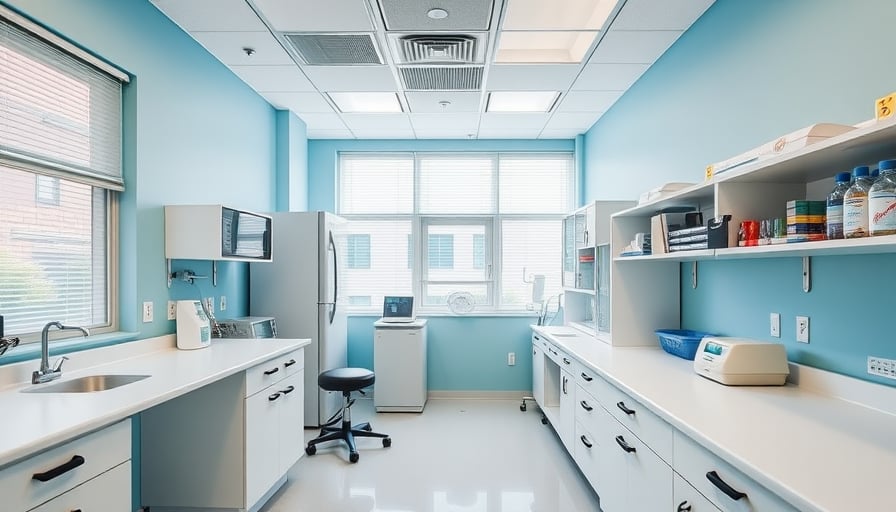Innovation Medical (002173.SZ) surges amid brain‑interface hype
In a market that has seen the majority of A‑share constituents decline, Innovation Medical’s shares jumped more than eight percent on November 12, riding a wave of enthusiasm surrounding the nascent brain‑interface (BCI) sector. The tickers that dominated the day—Tahe Technology, Aipeng Medical, and Innovation Medical itself—all recorded significant gains, confirming that the concept has moved from speculative chatter to tangible market traction.
The surge is no accident. On the morning of November 11, Shanghai Stair Medical Technology Co., Ltd. announced that its implantable wireless BCI system had entered the National Medical Device Technical Review Center’s “green‑lane” for special review. This milestone marked the first time an invasive BCI product in China had cleared a fast‑track approval pathway, signaling that regulatory and clinical barriers are finally being dismantled. The news ignited a flurry of buying across the entire BCI cluster, with Innovation Medical’s shares leading the charge.
Why Innovation Medical matters
Innovation Medical is not a peripheral player. The company, listed on the Shenzhen Stock Exchange, operates in the Health Care Providers & Services sector and offers drug sales, pharmaceutical procurement, and related services. Its 2025‑11‑10 closing price of 22.21 CNY reflects a valuation that is still in the red, with a price‑earnings ratio of –164.15. Yet the company’s market capitalization of 9.8 billion CNY and its diversified revenue base give it a buffer against the volatility that typically plagues biotech stocks.
Moreover, Innovation Medical has a track record of successfully navigating the Chinese regulatory landscape. It recently secured registration for a novel medical device, the “mesh‑net stent,” which began sales in the second half of 2025. That product’s introduction demonstrates the firm’s capacity to bring cutting‑edge technology to market quickly—a crucial advantage when the BCI field is poised for rapid expansion.
Market context: A‑share weakness and BCI strength
On the day of the BCI rally, the Shanghai Composite Index hovered just above 4,000 points, while roughly 70 % of stocks slipped. In contrast, the Hang Seng Index surged, and the A‑share market’s weakness created a “defensive core” where investors sought high‑growth themes that could outpace the broader downturn. The brain‑interface concept, bolstered by the regulatory green‑lane breakthrough, fits squarely into this narrative.
The flow of capital further supports the narrative. Medical and biotechnology stocks attracted a net inflow of 24.02 billion CNY on November 12, the largest among all sectors that day. The BCI theme, as a subset of medical technology, benefited directly from this inflow, as evidenced by Innovation Medical’s outperformance.
Strategic implications for investors
Investors who were hesitant to expose themselves to the BCI sector because of uncertainty now have a credible, publicly traded entry point. Innovation Medical’s combination of regulatory success, diversified service offering, and proven execution makes it a compelling vehicle for those looking to capitalize on the next wave of medical technology innovation.
At the same time, the company’s negative earnings multiple reminds us that this is a growth play, not a dividend payer. Those willing to accept volatility for the promise of breakthrough technology should consider Innovation Medical among their portfolio options.
In sum, the November 12 rally is not a fleeting market anomaly but a signal that China’s BCI ecosystem is moving from laboratory to commercial reality. Innovation Medical, with its proven track record and strategic positioning, stands ready to lead the charge.




